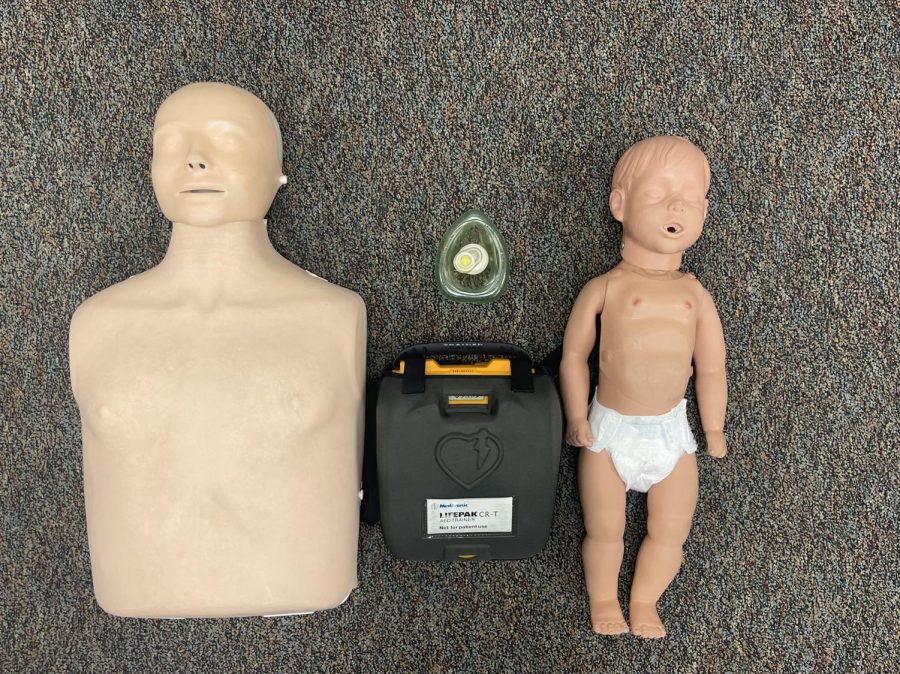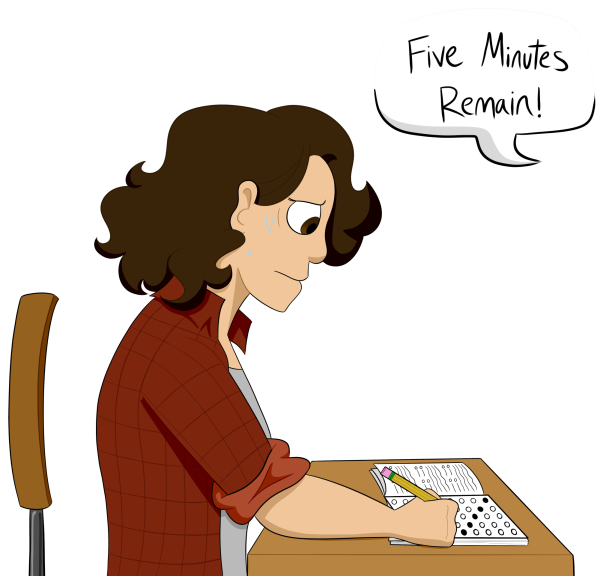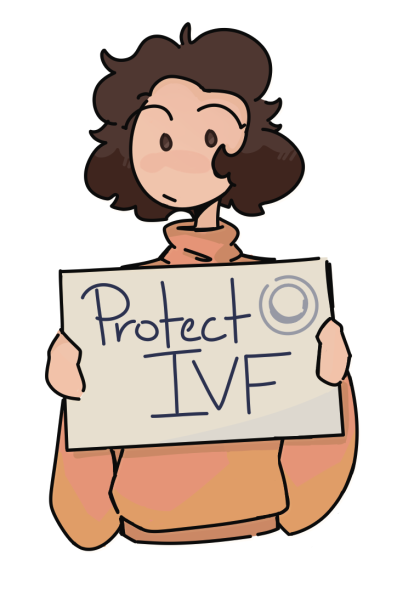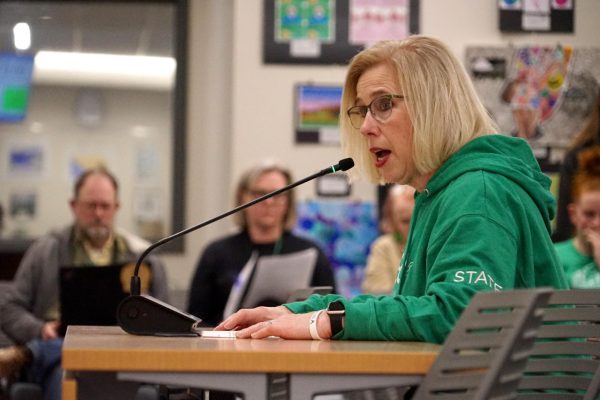Damar Hamlin: A wake-up call for EHS around the importance of first aid and CPR skills
CPR dummies, a defibrillator, and a oxygen mask from Mr. Potts classroom
January 23, 2023
Cardiac arrest is an unpredictable condition that can strike anybody at any time. From the most elite athletes to loved ones, no one is protected. An Edina High School student could suffer cardiac arrest at any time, yet EHS teachers are not required to learn basic first aid or CPR. Additionally, the only first aid and CPR education EHS students are provided with is a single unit during a one-semester health course.
CPR is proven to save lives in unexpected circumstances; Damar Hamlin’s recent collapse during the Bills vs. Bengals football game served as a perfect example of the abrupt onset of the condition. After undergoing a seemingly routine tackle, Hamlin went into sudden cardiac arrest on the field, and CPR was administered for almost ten minutes.
Years ago, Edina High School teacher Heidi Mathers was in a similar situation while walking through a park with her 16-year old son. In the blink of an eye, Mathers’s son went into sudden cardiac arrest. “It was just like how Hamlin fell down, that’s what happened to my son, except he fell forward,” she said.
“We had no idea that my son had a heart condition, and I knew nothing about cardiac arrest,” Mathers said, as her son had never experienced cardiovascular issues in the past. Her son’s collapse shocked Mathers just as much as the millions of Americans who witnessed Hamlin’s collapse in a similar manner on live TV.
Statistics around cardiac arrest are deadly; according to the National Library of Medicine, less than eight percent of people who suffer cardiac arrest outside a hospital survive. Additionally, only 32% of these victims receive CPR from a bystander, and according to the American Heart Association, an alarming 70% of Americans admit to feeling helpless during a cardiac emergency. Education around first aid and CPR is lacking, even at EHS. It is no wonder that so many people feel unprepared in the event of a cardiac emergency. “You never know when you might be in a situation [where] someone will just fall down, be in cardiac arrest, and you need to save their life,” said Mathers.
Without the trained individuals who rushed to their sides, neither Mathers’s son nor Hamlin would have stood a chance of survival. “Thankfully, there was a park ranger who came and started administering CPR right away,” Mathers said. “[The park ranger] went into professional mode and she just knew what she needed to do.” Though both Hamlin and Mathers’s son survived, the true battle is still not over. Cardiac arrest lives on as a silent killer, and majority of people are still unprepared to act in the event of a Cardiac emergency. If anything, the sporadic nature of the Damar Hamlin incident showed that EHS teachers and staff need to be prepared to act fast in the event of a cardiac emergency.
After her son’s collapse, Mathers and her family went on to take a professional CPR course. To this day, Mathers still uses the skills she learned from the course frequently. “Now when I have students pass out in class, which has happened a couple times, I know to check for a pulse immediately,” she said. Every EHS student should be protected from cardiac arrest in any classroom. Cardiac arrest causes thousands of preventable deaths every day, and an EHS student must not be one of these victims. Training EHS teachers and students effectively in first aid and CPR will pave the way for a safer and better educated school.










